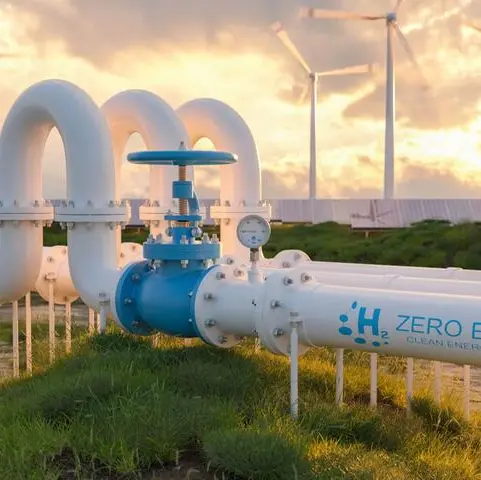PHOTO
Be sure to mark your calendars for the next big lunar event on Saturday September 10, where the UAE skies will be adorned with a full moon known as the Harvest Moon.
To the naked eye, the moon will appear completely round and bright the day before and after the event.
The September sky is full of astronomical marvels. According to Science Focus, “Viewing the moon just after moonrise has the added bonus that our satellite will appear redder in colour.”
Why is it named the Harvest Moon?
It holds a special place historically, owing to the month in which it falls. Particularly significant in western cultures, it marks the closing of the long summer days and is also when people reap the bounty of the fertile months.
September’s equinox marks the celestial end of summer and the beginning of autumn in the Northern Hemisphere.
According to Skyandtelescope.org, the Harvest Moon is traditionally "the name assigned to the full moon that falls closest to the autumnal equinox. The Harvest Moon gets its name from a geometric oddity. Because the lunar orbit makes a shallow angle with respect to the eastern evening horizon at this time of year, the moon rises only about 30 minutes later in successive evenings, instead of the usual 50 minutes or so.
Therefore, it never really gets dark between sunset and moonrise for several successive evenings; a boon to farmers working late to try to harvest their crops at the day’s end.”
Apparently, if October’s full moon happens to occur closer to the equinox than September’s, it takes on the name “Harvest Moon” instead.
In such a scenario, September’s full moon is referred to as the “Corn Moon”.
Jupiter, Saturn, and Moon – the trio
On September 10, Jupiter and Saturn will accompany our satellite across the sky.
In the wee hours of the morning, Jupiter, Saturn, and the moon can be found together in the southeast.
Then, the three celestial bodies will move westward.
It’s said by the end of September, Jupiter and Saturn will rise even earlier and bright Jupiter will hang low in the sky.
When can we see the next Harvest Moon?
In 2023, the Harvest Moon in the Northern Hemisphere will also take place in September, with the date being September 29. For the Southern Hemisphere, apparently, the date is March 7.
Why does the Harvest Moon have an orange hue?
The Moon can apparently have an orange or reddish glow while hanging low in the sky.
It’s said that the blue wavelengths get scattered by the atmosphere, leaving more of the red wavelengths, so the Moon gets an orange hue.
Copyright © 2022 Khaleej Times. All Rights Reserved. Provided by SyndiGate Media Inc. (Syndigate.info).





















